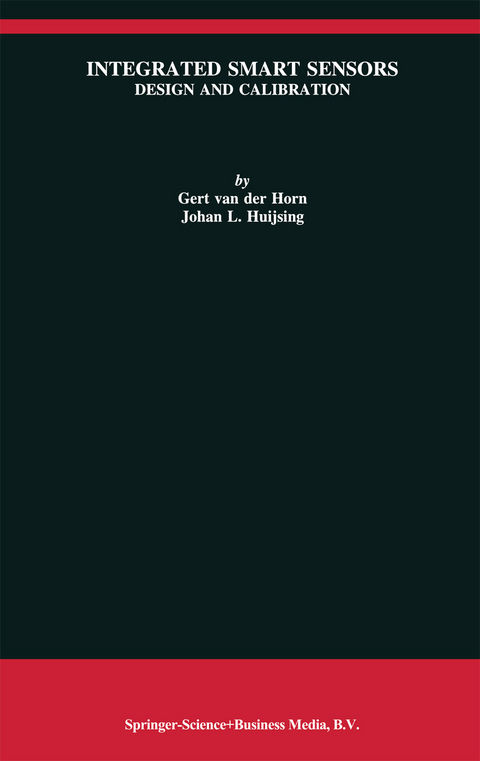
Integrated Smart Sensors
Springer (Verlag)
978-0-7923-8004-7 (ISBN)
1 Introduction.- 1.1 Introduction.- 1.2 Sensors and actuators.- 1.3 Integrated smart sensors.- 1.4 Measurement errors and correction.- 1.5 Objective and Organization.- References.- 2 Integrated Smart Sensor Concept.- 2.1 Introduction.- 2.2 Silicon sensors.- 2.3 Analog Interface circuits.- 2.4 Analog-to-Digital conversion.- 2.5 Digital bus or microcontroller interface.- 2.6 Integrating a calibration function in the smart sensor concept.- References.- 3 Calibration and Linearization Techniques.- 3.1 Introduction.- 3.2 Linearization.- 3.3 Progressive polynomial calibration method.- 3.4 Conclusion.- References.- 4 Calibration using Analog Signal Processing.- 4.1 Introduction.- 4.2 Conventional sensor calibration.- 4.3 Analog calibration circuits.- 4.4 Classical pulse-modulated calibration.- 4.5 Analog implementation of a polynomial calibration.- 4.6 Conclusion.- References.- 5 Calibration using Sigma-Delta Analog-to-Digital Conversion.- 5.1 Introduction.- 5.2 Sigma-delta AD-converters.- 5.3 Alteration of the sigma-delta transfer.- 5.4 Implementation of the sigma-delta AD-converter.- 5.5 Smart temperature sensor realizations.- 5.6 Conclusion.- References.- 6 Calibration using Digital Signal Processing.- 6.1 Introduction.- 6.2 Hardware implementation.- 6.3 Software implementation.- 6.4 Conclusion.- References.- 7 Summary and Conclusions.
| Erscheint lt. Verlag | 31.12.1997 |
|---|---|
| Reihe/Serie | The Springer International Series in Engineering and Computer Science ; 419 |
| Zusatzinfo | X, 202 p. |
| Verlagsort | Dordrecht |
| Sprache | englisch |
| Maße | 155 x 235 mm |
| Themenwelt | Mathematik / Informatik ► Informatik |
| Technik ► Elektrotechnik / Energietechnik | |
| ISBN-10 | 0-7923-8004-5 / 0792380045 |
| ISBN-13 | 978-0-7923-8004-7 / 9780792380047 |
| Zustand | Neuware |
| Haben Sie eine Frage zum Produkt? |
aus dem Bereich


